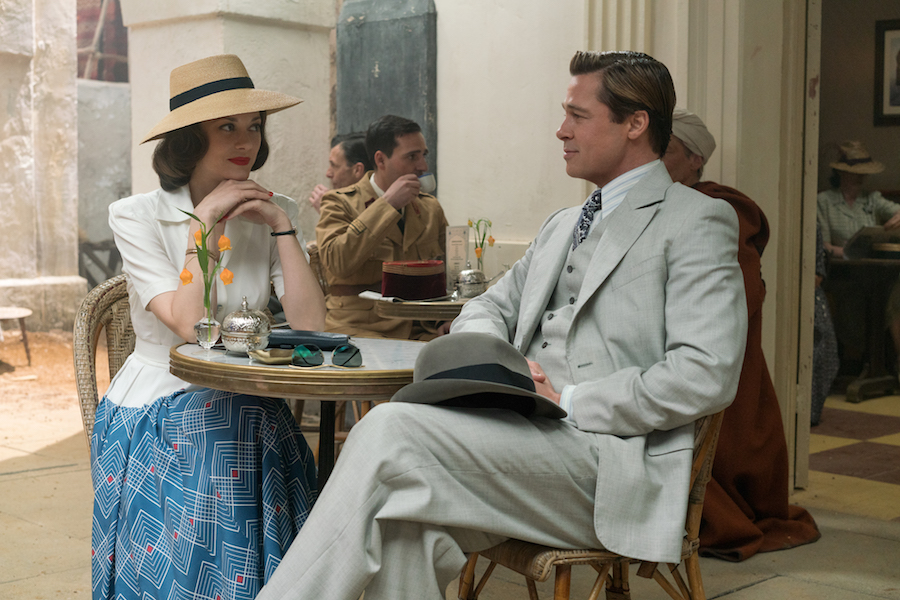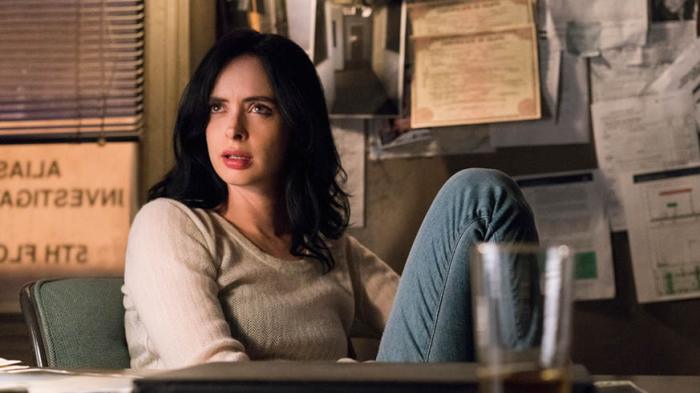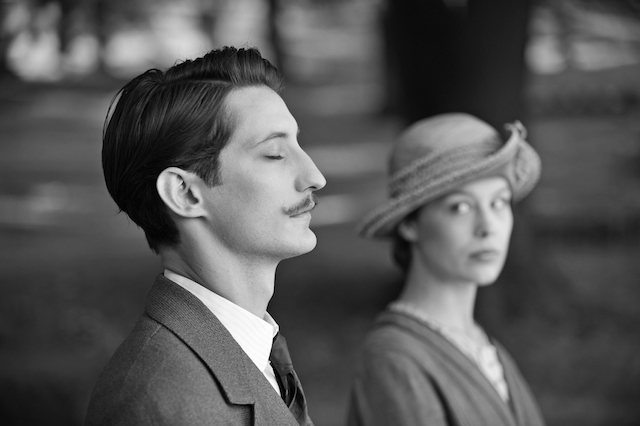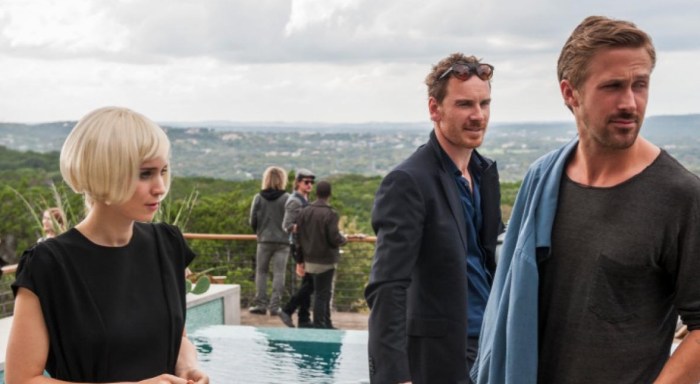‘Allied’ It takes an hour for Robert Zemeckis’ wartime saga “Allied” to really find its groove. But what a groove. Sometimes Zemeckis can seem like a detached technician, more interested in playing with fancy new tech than connecting with the material. That detachment winds up perfect for a thriller that largely takes place in the mind, concerning characters who have to put on a calm face while their insides are tearing apart. As seen in “Flight” and the hair-raising climax of “The Walk,” he’s grown into someone at his best not when he’s geeking out with new digital toys but when he’s confidently creating images to access complex and intense character psychology. Once “Allied”s real plot belatedly kicks in and our heroes find themselves in the thick of it, it’s one of the best things he’s ever made. It does take forever for the “real” plot — the one that makes “Allied” sound like a movie people would want to see — to show up. But what precedes it is more than just a necessary evil. Brad Pitt plays Max, a Canadian intelligence officer who parachutes — like the feather that kicks off “Forrest Gump” — into 1942 French Morocco. He’s a spy who will have to pose as the husband of a woman he’s never met: French resistance fighter Marianne Beausejour (Marion Cotillard). Their mission — patiently plan out the assassination of a German ambassador — lets Zemeckis makes his own no-nonsense spy movie, only one where our heroes seem to fall in love — “seem” because Marianne openly admits that her skill is acting, at creating emotions that seem real. Max gives into his randy partner anyway and, during a crazed getaway, he proposes marriage. RELATED: Interview: Marion Cotillard on “Allied” and not giving up hope We never hear her answer. Zemeckis abruptly jumps to them relocated and domesticated in London; he takes a job at the central war office while she stays at home with their baby daughter. The fact that we never hear her answer onscreen, that it’s only implied through a cut, hangs over the rest of the film, creating doubt and paranoia that will come in handy momentarily. Sure enough, one day Max is called in by a plummy “rat-catcher” (Simon McBurney), who coldly reveals that he believes Marianne is leaking intelligence to the Nazis. Max is to set a trap; if she falls for it, he’s either to turn her in or take her out himself. If he does neither, they will both be shot. But Max doesn’t believe Marianne, his beloved, the mother of his child, is a rat. Or maybe she is? This epic unease eats away at him and, thanks to Zemeckis’ precise direction, at us. The camera allows us to watch Max watching his wife, now with new eyes. Is her playful streak just an act? And can she sense that he’s looking at her too long, maybe suspect something is suddenly up, whatever that could be? Pitt — a strong contender for the movies’ funniest actor, we’d actually argue — is rarely at his best when playing serious, much less remote. But Zemeckis knows how to use him in quiet mode, forcing us into the same frenzied state of mind. Zemeckis never overplays his hand, always stays restrained and precise. At point Max lies to Marianne about getting a blood test when he’s really sneaking about, trying to find hard proof of his wife’s innocence without alerting her or his superiors. Before he meets back up with her, he makes sure to prick his arm and cover the minor wound with a band-aid. That’s the level of detail Zemeckis is working with. He keeps his cool, even during the few times “Allied” turns into a shoot-out, most thrillingly a crisp sidetrip to a French prison that goes unexpectedly awry. As “Allied” nears its intense conclusion, Zemeckis pares his filmmaking down to the bone. He indulges in close-ups — all the better because Marion Cotillard has the kind of open face that would have fit right in with the titans of 1930s and ’40s women’s pictures. This is the kind of throwback film that doesn’t seem like an homage; it feels like its speaking in something approaching the same language.
Director: Robert Zemeckis
Stars: Brad Pitt, Marion Cotillard
Rating: R
4 (out of 5) Globes
‘Allied’ gradually turns into one of Robert Zemeckis’ best films

Paramount Pictures
Follow Matt Prigge on Twitter @mattprigge
























